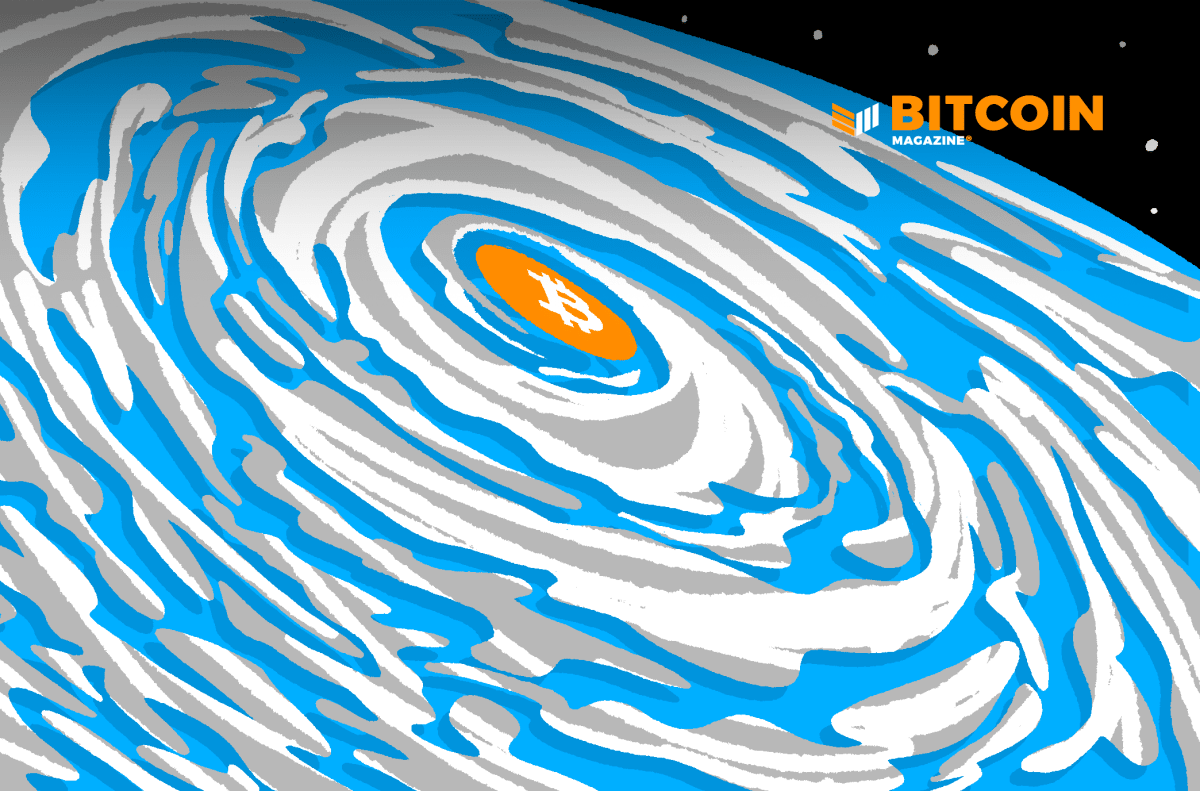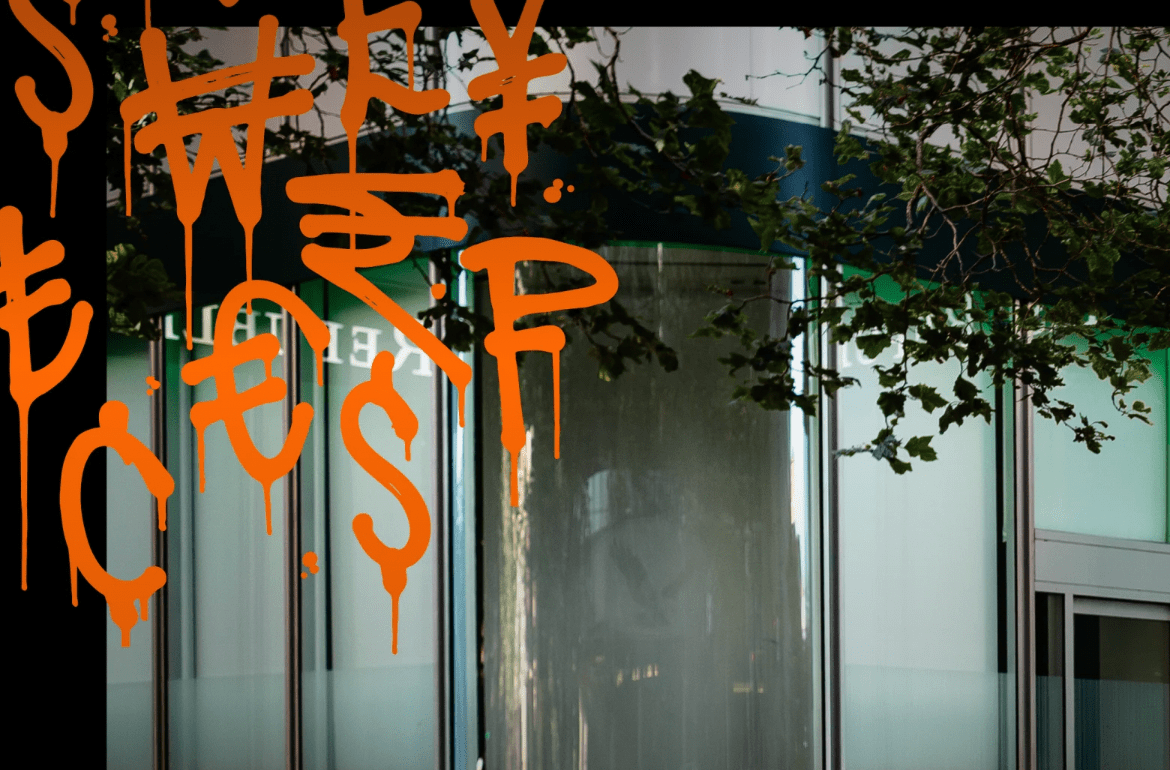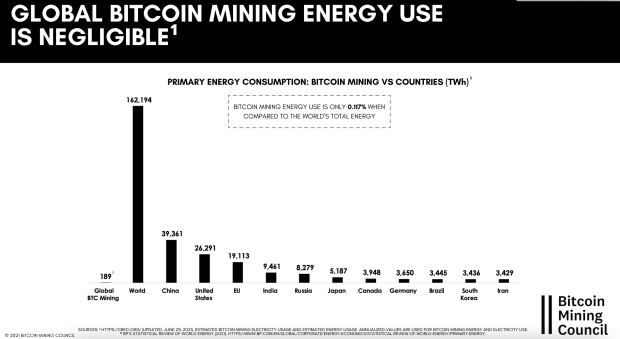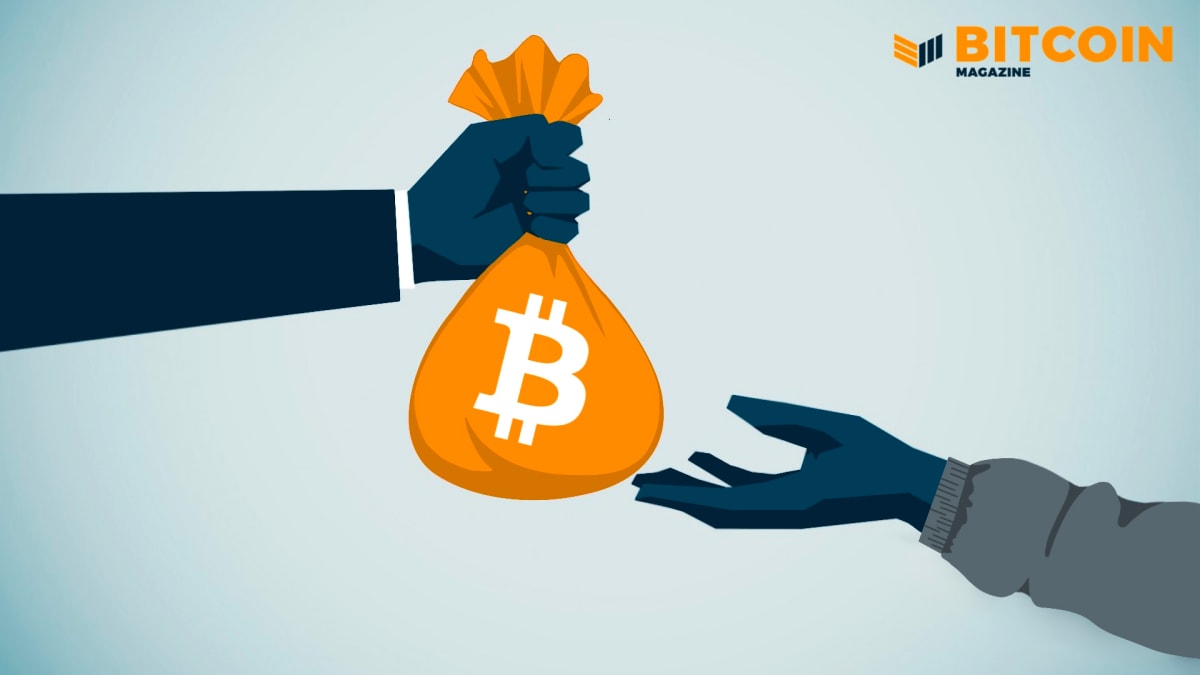Op Ed: Making Friends With Time in the Cryptocurrency Space

What follows is an open letter from Jimmy Zhong, co-founder and CEO of IOST, to his team members and shared with Bitcoin Magazine with permission.
Recently, I’ve been thinking about an ultimate way of safely storing value — gold, Bitcoin, real estate and power all came to mind. That’s when I started to realize that, in essence, the concept of a “store of value” is simply an act of consensus. Power, even, is no exception.
Thousands of years ago, due to geographical and technological limitations, human beings relied on seashells as a store of value and medium of exchange. Seashells, today an unthinkable form of currency, were valuable for their rarity, but only because their value was agreed upon in a social consensus.
As mankind developed, we strived for a sturdy yet relatively rare replacement. Enter gold: chemically stable, very unreactive and unlikely to form compounds — making it hard to damage or corrode, rare in supply and difficult to cast. Together, these qualities allowed for a global consensus to form, making gold a relatively secure store of value.
Then, in 2008, with the continued development of cryptography, the first portable, rare and sovereign asset in the history of mankind was born: Bitcoin. As a species that is exploring Mars and hoping to one day go beyond Earth, humans need reliable digital assets. Bitcoin was a major step toward an era of comprehensive digitization capable of evading the risks of a centralized system. As Peter Thiel once said, “Bitcoin is a hedge against the whole world falling apart.”
It didn’t stop there. The Ethereum network went live in July of 2015 — Vitalik Buterin’s way of showing the world that there is incredible potential for blockchain technology to reshape the world we live in. Suddenly, blockchain wasn’t just about Bitcoin.
Today, applications built on blockchains are emerging, including digital signature algorithms, securitized tokens, digital rights management, crowdfunding, prediction markets, remittances, online gambling, social media platforms, financial exchanges, storage systems, distributed computation and identity systems to name a few. We have yet to see mass adoption due to a lack of basic infrastructure, and that is the most common criticism of blockchain technology. Over the last several weeks, I’ve seen a surprising number of editorials claiming that blockchain is a failed experiment.
I want to reassure you that the criticisms expressed in these articles are misguided. Just like the internet, the sheer utility of blockchain technology will force adoption in the long run. To quote the Harvard Business Review, “blockchain is not a ‘disruptive technology,’ [it is] a foundational technology.” We are building the foundation to make that future possible.
Competition in this market may seem fierce, with thousands of projects cluttering the space and echoing the claims of being an “Ethereum killer.” Truthfully, there are only a handful of competitive infrastructures aside from ETH and EOS. Most live projects either don’t function, run nodes on private servers, or are merely cheap copycats of ETH and EOS.
As for projects that have yet to go live, many make unrealistic technological claims that are unachievable in the next 10 years. At IOST, we have one of the few teams actively working to solve the scalability trilemma, perhaps the greatest problem hampering widespread blockchain adoption, and not just trying to ride the coattails of another team’s hard work. That’s something to be proud of.
Since we launched in 2018, so many new faces have joined the Internet of Services Foundation. We now have over 80 employees spread around the world in New York, San Francisco, Beijing, Seoul, Tokyo, Germany and Singapore.
Every one of you is making a meaningful contribution to the rise of blockchain technology, and thanks to your incredible efforts, we will be launching the IOST Mainnet in early 2019 — six months ahead of schedule! That’s unheard of in the blockchain space, and yet another reason why I am confident that, at IOST, we are building a legacy that will change the world.
We are creating the infrastructure for a decentralized economy, one that doesn’t take shortcuts or compromise on the true vision of decentralization. IOST will provide developers with a blockchain platform to develop mass-adoptable applications and contracts, which in turn will help make the world a better, fairer place.
In the past eight months, we took many detours, but we also made a lot of good decisions. The experience and lessons we take away from these experiences will be invaluable for the future.
Innovative pioneers catch the largest worms, but most pioneers must experience mockery, cold-shoulders and even dark moments. If every venture could be accomplished in a month or a year, then everyone would be a pioneer.
As an example, during Bitcoin’s 2013 price dip, Coinbase held out and expanded — they didn’t slow down after the market crash and the following two-year bear market. They remained adamant in their belief that they had made the correct choice, confident that it was simply a matter of time before revolutionary change would occur. They wanted to ride the tide, and while many felt their belts tighten during the market downturn, that didn’t impact their decision-making process. Fast forward to today, and Coinbase has reaped enormous success from their confidence in their beliefs.
I’ve met many successful investors and entrepreneurs. They all have one thing in common: Time is their friend, and they understand that given enough time the market will work to service their needs. They set their minds on a direction and work to that end. I’ve also met many bad traders and entrepreneurs. They are crushed by stress, bet against the market, constantly shift gears, and make choices that are easily swayed by the market and emotions of others.
Life is a long journey. We often say that choice is more important than effort. We also need to understand that desire and choices only pull through with persistence. I hope we can have faith in our common choice, the future of technology, the power of market cycles; remain unwavering in the face of swaying market sentiment; make independent and clear-headed judgments; and, together, build something people truly want.
“The people who are crazy enough to think they can change the world, are the ones who do. Dream wildly. Live differently. Love recklessly. Lead courageously.” I am grateful that you have all become part of the family in our early days and are still fighting with us in this sagging market.
Let’s build a better future together.
This is guest post by Jimmy Zhong, co-founder of IOST. Views expressed are his own and do not necessarily reflect those of Bitcoin Magazine or BTC Inc.
This article originally appeared on Bitcoin Magazine.









